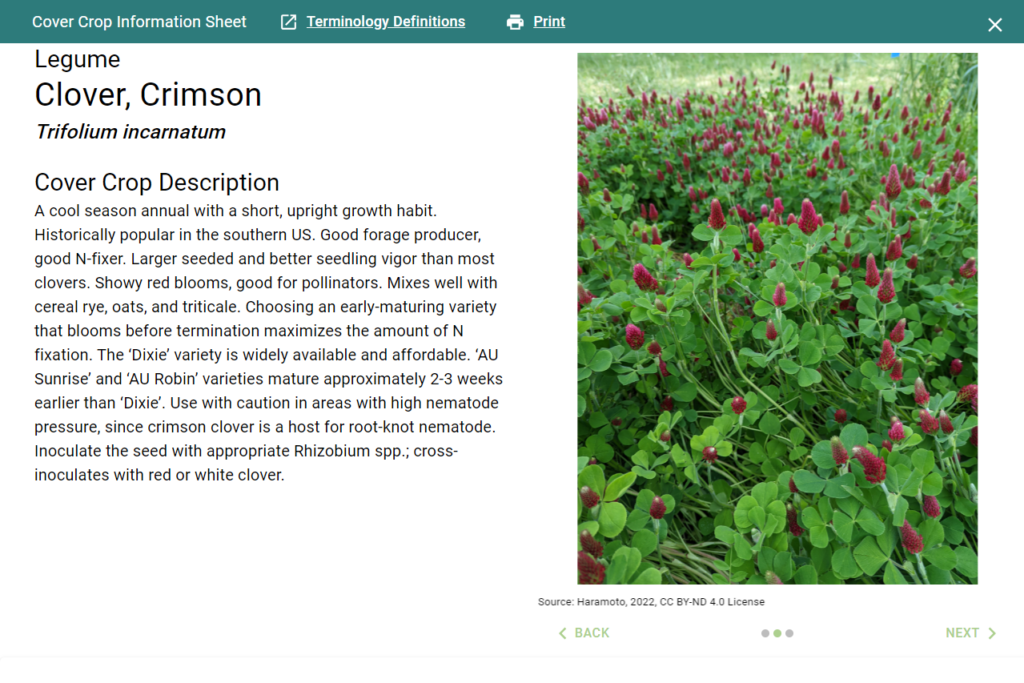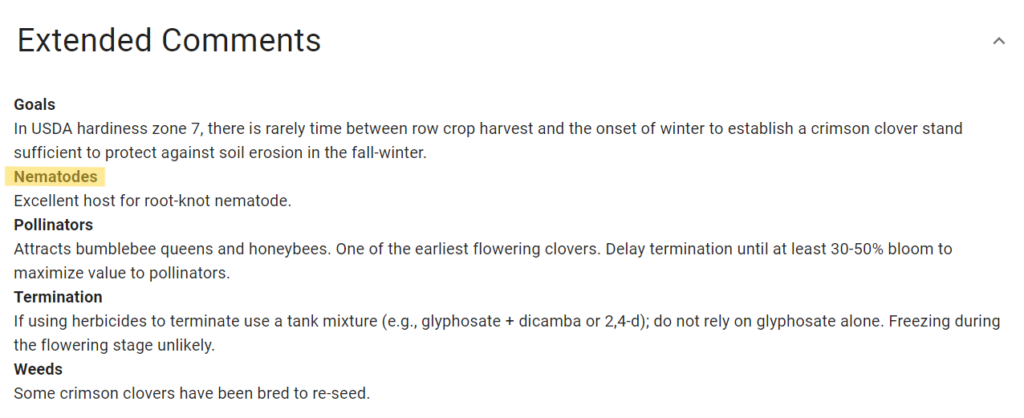Green Bridge
go.ncsu.edu/readext?1012613
en Español / em Português
El inglés es el idioma de control de esta página. En la medida en que haya algún conflicto entre la traducción al inglés y la traducción, el inglés prevalece.
Al hacer clic en el enlace de traducción se activa un servicio de traducción gratuito para convertir la página al español. Al igual que con cualquier traducción por Internet, la conversión no es sensible al contexto y puede que no traduzca el texto en su significado original. NC State Extension no garantiza la exactitud del texto traducido. Por favor, tenga en cuenta que algunas aplicaciones y/o servicios pueden no funcionar como se espera cuando se traducen.
Português
Inglês é o idioma de controle desta página. Na medida que haja algum conflito entre o texto original em Inglês e a tradução, o Inglês prevalece.
Ao clicar no link de tradução, um serviço gratuito de tradução será ativado para converter a página para o Português. Como em qualquer tradução pela internet, a conversão não é sensivel ao contexto e pode não ocorrer a tradução para o significado orginal. O serviço de Extensão da Carolina do Norte (NC State Extension) não garante a exatidão do texto traduzido. Por favor, observe que algumas funções ou serviços podem não funcionar como esperado após a tradução.
English
English is the controlling language of this page. To the extent there is any conflict between the English text and the translation, English controls.
Clicking on the translation link activates a free translation service to convert the page to Spanish. As with any Internet translation, the conversion is not context-sensitive and may not translate the text to its original meaning. NC State Extension does not guarantee the accuracy of the translated text. Please note that some applications and/or services may not function as expected when translated.
Collapse ▲Cover crops provide habitat and food to various above and below-ground organisms. When fields are left fallow, these organisms can lack adequate habitat and food sources to maintain their populations, burdening the field’s ecosystem.
These organisms can be easily transferred from the cover crop to the following cash crop. Cover crops may promote new populations in a field or allow a pest population from one year’s cash crop to survive the winter and transfer to the following year’s cash crop.
Pest Insects
While cover crops have the potential to enhance beneficial predatory insects, farmers must understand that they can also provide habitat to undesirable pests. Whether cover crops promote beneficial or harmful insects will depend on various factors. Farmers need to monitor and scout their cover crops as they approach the next planting season to determine how they impact insect populations. Entomology Extension Specialist Dr. Dominic Reisig discusses the importance of scouting a cover crop.
As stated in the video, it is recommended to terminate a cover crop 3 to 4 weeks prior to planting of the next cash crop if there are concerns about pest populations.
Other Organisms
The ability of cover crops to enhance soil microbial biodiversity can generate several benefits. However, several microbes, like nematodes, can harm cash crops and create economic loss.
In general, cover crops will not introduce a new pest microbe problem but can exacerbate one already existing in a field. Farmers dealing with issues like nematodes should research a cover crop’s ability to host that specific nematode before planting.
The Cover Crop Selector Tool from Precision Sustainable Agriculture is one resource for this information. When browsing cover crop species, hit the “View Crop Details” button to learn more. If a cover crop hosts certain nematodes, it will be listed in the “Cover Crop Description” and “Extended Comments” sections.
References
- Boyd, V. (2021). Effect of cover crop, seed treatment on stand establishment in cotton, corn and soybeans. Cotton Farming. https://www.cottonfarming.com/production-2/effect-of-cover-crop-seed-treatment-on-stand-establishment-in-corn-cotton-and-soybeans/
- Pellegrino, A. M., Woodley, A. L., & Huseth, A. S. (2021). Understanding the relationship between wireworm (Coleoptera: Elateridae) damage, varietal resistance, and cover crop use in organic sweetpotato. Journal of Economic Entomology, 114(5), 2127–2134. https://doi.org/10.1093/jee/toab118
- Tillman, G., Schomberg, H. H., Phatak, S. C., Mullinix, B. G., Lachnicht, S. L., Timper, P., & Olson, D. G. (2004). Influence of cover crops on insect pests and predators in conservation tillage cotton. Journal of Economic Entomology, 97(4), 1217–1232. https://doi.org/10.1093/jee/97.4.1217




